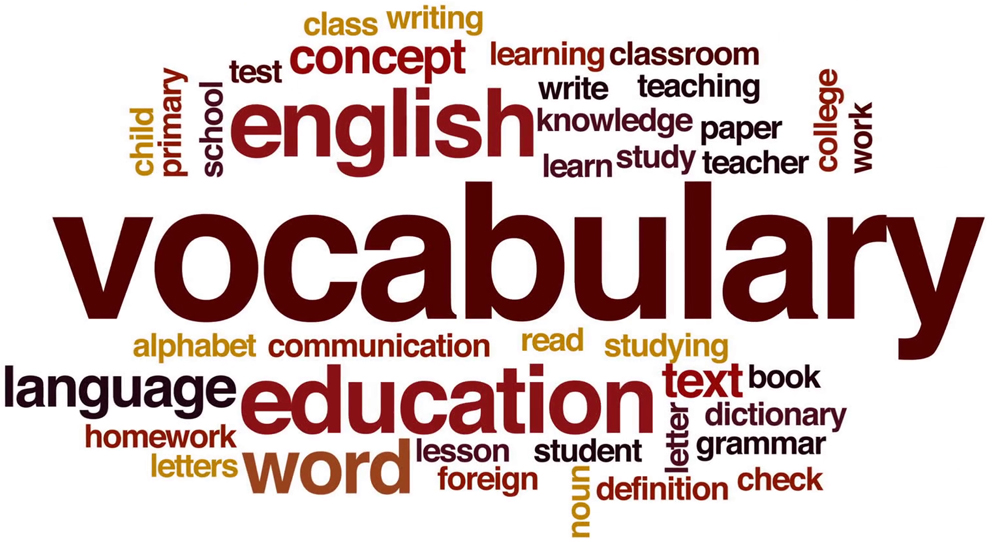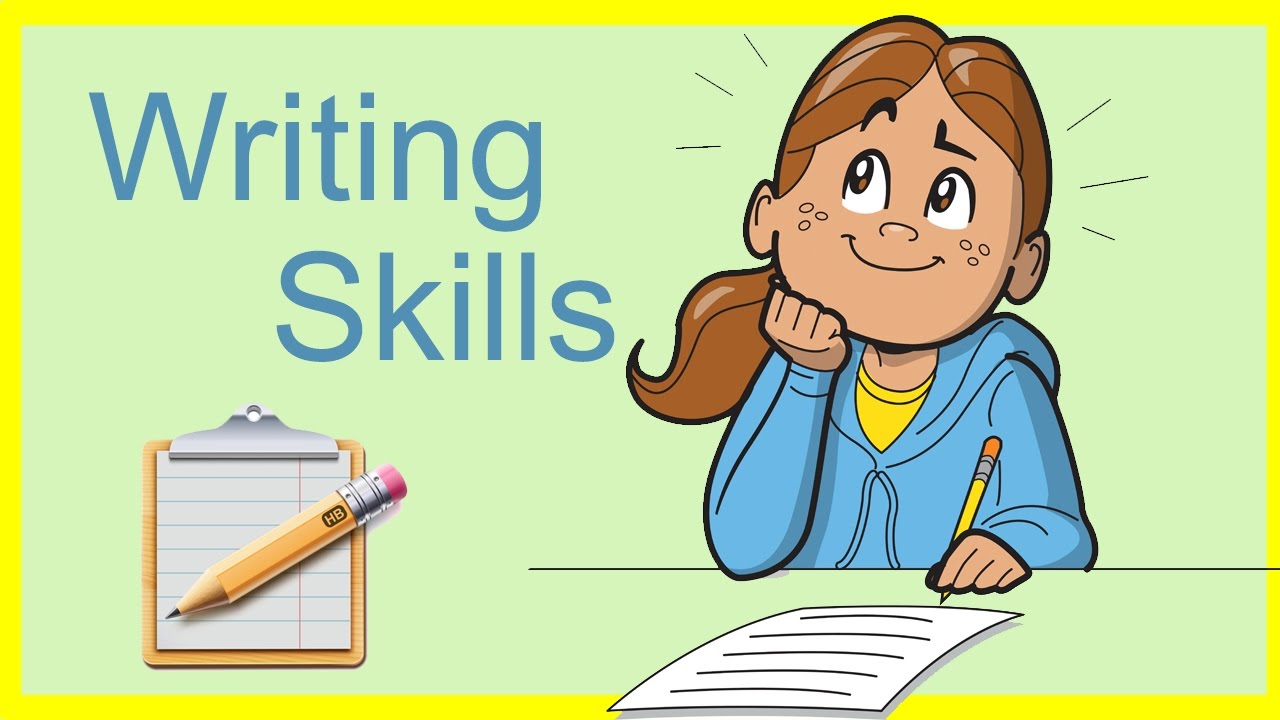Topic: “How to teach grammar in a fun way?”
Grammar teaching is an
essential aspect of education. Without proper grammar, writing, reading, and
speaking all lose meaning and value. Grammar is an important subject for
teachers to impart to their students. But learning how to teach grammar can be
a challenge. I don’t want to say grammar lessons are the ugly stepsister
of teaching, but they can be if they’re not implemented in a fun and meaningful
way. For our students, learning grammar can be an amazing experience, or
it can be a monotonous routine. It’s true that students are more likely to be
engaged in the learning process if you’re excited about the content, but I’ve
noticed from my experience that students will stay engaged
if they’re participating in a way that leaves room for creativity, choice or
snort-inducing laughter.
How can we define grammar? Grammar can be defined as the way a language
manipulates and combines words or bits of words in order to form longer units
of meaning. There is no doubt then that teaching grammatical rules constitutes
an essential aspect in the mastering of a given language.
Tips for teaching Grammar to
students, from ‘young learners – beginners’ to ‘high school – intermediate and
advanced learners’
First of
all, the teacher should use different steps when teaching grammar. Thus, the
teacher should make sure that the lesson is structured accordingly and that the
students are being exposed to the grammar properly and are getting enough
practice while using it.
4 General Steps to teach Grammar:
1.Exposure. We have to expose the students to
the grammar structure. This, could be in written form, for e.g. I could give
the students some sort of a story, a reading passage, a dialog that they can
look at in a video and the grammar is also there. Another way, could be in a
spoken form by telling the students a story; or in listening form, where
students can listen to a dialog and basically listen to the grammar structure. So,
what’s important here is that the students are exposed to the grammar
structure.
2. Notice and select: After the students are exposed to
the grammar structure, I give students some exercises that allow them to notice
and select the pattern of the grammar structure. For instance, I could give
them an exercise, like a controlled exercise, where the students have to answer
some questions, look at the structure and the questions, basically lead the
students to notice the pattern for the structure, while I’m guiding the
students to do this.
3. Practice Stage – Here, I allow students to
execute the structure on their own by doing some practice activities. For
example, if I have exposed the students to the grammar through a written text,
I’ll have them practice with the written text, like completing the missing
words such as verb forms either in the present, past simple tense or another
tense in the text and I ask students to make their own sentences with those
words; or answer questions related to the text. On the other hand, if I’ve exposed
grammar to students through a dialogue, I’ll have them practice on writing
their own dialogues by working in pairs or small groups of students.
4. Homework and assessment – I give students their homework
to practice at home on their own, and finally do some sort of an assessment,
such as a ‘game – quiz’( using interacting features to do that such as action
buttons, hyperlinks, pictures in it, sounds that tell if the answer is correct
or wrong and gifs showing their thumbs up or down) at the end of the lesson or
maybe in the next lesson, that allows me to evaluate how well the students have
understood the grammar structure and how well they can use it. The assessment stage
should mirror the exposure stage.
Tips to make the lesson more fun and
enjoyable in the classroom
1.Include, games, songs, pictures or videos
• Games: By
using games that include a little competition in the classroom, you can have
fun and get your students to learn as well. In terms of grammar, for example: “Jeopardy”,
“Who wants to be a millionaire?” – And a traditional board game
format where you throw a dice and move around the board all lend themselves
well to grammar points. We can make our own or find
them online. I could also award points to the winning pair for each task. This,
will encourage them to do their best and if I do this over the course of a
week, they’ll see their points build up and become even more competitive. They can convert these points into a prize on Fridays. For
instance, 20 points = chocolate, 30 points = a music video of their choice
played for the class to enjoy, 40 points = no homework.
• Songs -
offer a
wealth of grammar points and help students to practice their listening skills
too. I, as a teacher may create my
own lyrics completion worksheets or have students listen to and read the lyrics
of a song while looking out for and highlighting specific grammar areas.
• Pictures,
such as pictures cut out from illustrated magazines, postcards, photographs,
posters, maps, transparencies, etc. – Teaching grammar through visual
aids, especially through pictures, seems to be important in the sense that it
arouses interest, motivation in the pupils / students in beginner but also
intermediate and advanced classes. As the saying goes “Interest begets effort”,
this is true in the sense that for undertaking any work, we must be first and
foremost motivated and interested in that work. So, if a pupil / student is
motivated, the process of learning grammar will become easier and he will
understand quicker without time consuming. But if the teaching is verbal, it
may appear as something boring for the pupils / students. Then the teacher
should bear all these factors in mind not to use abstract things which may
result in not conveyed messages.
• Using
videos – e.g. specific activities could involve rewriting the dialogue with a
specific focus, answering comprehension questions based on a video clip or
continuing the story with – “what happens next?” type of task.
2. Get Students to Move with the
TPR (Total Physical Response) method
Getting your
EFL students up and moving around the classroom will serve multiple purposes.
Not only will physical activity keep your students more awake and focus their
attention on the lesson at hand, but it will also help them remember and retain
the language they are learning. Using TPR (Total Physical Response) method, you
can make physical associations with language concepts. Though having students
move around the classroom and do actions during the class may seem chaotic at
times, but the advantages far outweigh the drawbacks as it reinforces the
learning items and keep them in the long-term memory.
An example of the TPR method activity: The grammar version of
‘hot potato’
Many students,
especially those in the elementary grades, enjoy being able to get up and move
around. I ask the students to get up and stand in a circle. I give the first
student a bean bag and set a basic timer for a random interval, such as one
minute and six seconds. The student with the bean bag must think of a word that
falls into a particular category, such as a verb, and then pass it to the left
as quickly as possible. The student left holding the bag when the time beeps
must leave the circle. This also
allows me as a teacher to assign the grammar areas based on the students
strengths and weaknesses as well as gain a better understanding of to what
extent they have greased the material.
3. Teach Grammar Communicatively
Communicative
classes focus on communication and langue use by students rather than theory
and repetitive practice. It would be perfect for learning to occur if you were
used to encouraging your students to use the language that they know in
meaningful communications. In grammar class, include speaking activities and
give your students a chance to exploit the language they’ve learned in
real-life situations whenever possible.
4. Let
my students be the teachers
As a way of reviewing grammar points
after I have taught and practised with the class, why not hand over the
responsibility of teaching to the students themselves! For this, I might divide
my students into small groups and have them prepare a grammar activity or two
with explanations of the grammar point on a given area. They should then
‘teach’ this to the rest of the class and check the answers to their
self-created activity with the group too. This can be a quick or much more dawn
out task based on the group’s size, ability and time constraints.
5.
Use Group Activities
Using group
activities, role-plays, discussions and other such activities will both keep
your students interested in the grammar classes and keep them accountable to
one another for class participation and task accomplishments. Some students
are shy and may disappoint you. These shy and disappointing students are often
reluctant to participate in individual activities. Take advantage of them by
involving them in group tasks when possible. They will feel interested and
desire to participate.
6.
Avoid Lecturing
Even
students with the best attention spans have a difficult time listening to a
20-minute lecture in the EFL class. Nowadays, students of all ages expect and
desire quick changes from one activity to another. That means that you should
avoid keeping to talk for more than ten minutes on any grammar lesson. Keep
things interesting for you and your students by planning quick changes in
topics and activities when possible throughout your grammar class.
8.
Offer Variety
When you
follow a certain syllabus in a textbook, you will find you offer the same
activities for your students day after day, unit after unit. This makes your
students feel bored, so you should create different types of activities with
every grammatical rule you teach, and to engage your students, try to meet
their learning styles in your teaching. When your students are using
discussion, research, presentations and other means to learn and practice
grammar, they will stay more interested in what you and their fellow students
have to say.
Some other activities to make grammar more
fun could be:
1. Wake students up!
Making my students think by providing incorrect examples now and again such
as ‘I have went to America’ and giving them time to
correct me. They may not as it’s quite a common error when using the Present
Perfect but they might surprise me and if they don’t, I might prompt them!
They’ll soon get into the habit of examining all the examples I write on the
board and the answers I give just in case I’m trying to catch them out. It’s a
great way of keeping them on their toes!
2. Make it personal (3th – 9th
– 12th grade)
Students love getting to know their
teacher and you’ll find that
they’re much more engaged when you bring yourself to your classroom. Bring in
personal photos of a recent holiday and project them on screen for everyone to
see. Elicit vocabulary and ask questions such as: ‘What am I
doing in each photo?’, What do you think will happen next?’, ‘What do you think
happened before the photo was taken?’ Then, let them work with a
partner to do the same with a few more photos.
3. Dress up as grammar. (3th – 9th
grade)
This could be a thing that you do as the teacher for
Halloween or a random Friday, but I think it would be fun to figure out a way
for students to participate too. Consider acting out or dressing up as the
following:
Dependent clause: A
Santa who goes around asking everyone if they can give him a ride, loan him
$20, make him a sandwich, etc.
Possessive pronoun: Wears
a shirt that says “MINE” and goes around stealing others’ pencils and
belongings (eventually gives them back).
Dangling preposition: Walks
around with a fishing rod that has “caught” a piece of paper with a preposition
written on it.
Part of speech: Has
a sign around neck that says “SPEE.” (Get it?)
Make funny examples or practice sentences.
I think it is totally worth the
effort to write your own practice sentences for grammar.
4.
Celebrity biographies (6th - 12th grade)
Find a celebrity biography that will
be quick and easy to read in class. Have the students use the biography to
identify the different forms of the past tense. For example, underline the difference
between “she has performed many concerts in her career” versus “she had
performed in many concerts” versus “she was born.” Have the students name the
verb form being used in each example and ask them to orally explain the
difference between the different usages. This exercise will help students see
how grammar can influence the meaning of words and potentially alter a story.
That’s all for
this week. Thank you everyone! Have a nice day!
















